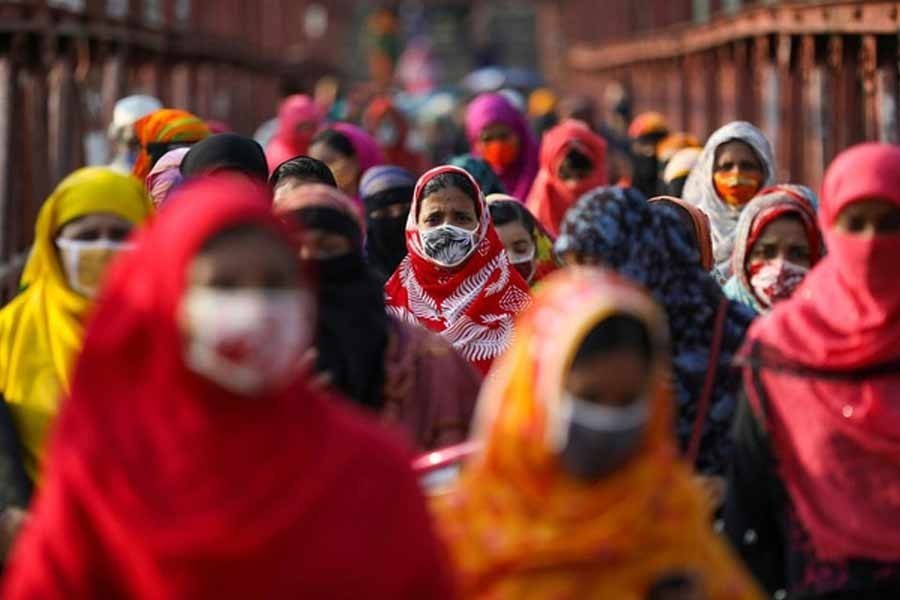In the aftermath of the pandemic-induced lockdowns, the city has been witness to many unforeseen events. One was the so-called reverse migration. It was the sight of many city-dwellers bound for their rural roots moving along with all their belongings en masse out of the city. The phenomenon harks back to the times when these same people dislodged from their rural homes by natural calamities like floods, river erosion or extreme poverty were seen entering the city for shelter and a livelihood. But the same city seems to have turned its back to them. Sadly, it is now the pandemic that has again rendered these people, most of them engaged in the informal sector of the economy, homeless and poor.
But what have their rural, ancestral roots where these people are headed to offer them? If anything, their presence will further decrease whatever demand for labour exists there. Moreover, the rural scenes are also not exempt from the impact of the economic shutdowns. True, the cost of living is not as high in the countryside as it is in the cities. But then the means of livelihood are also fewer in the villages. Consider the future of the children that these families are taking with them in their new rural settings. The prospect of continuing their education, if they were studying in any school in the city, is sure to receive a setback. The government, local leaders and the NGOs should play their roles to help these children face such uncertainties with health and learning tips. The rural condition may provoke the already desperate parents to marry off their adolescent girl children at the earliest opportunity. In fact, the social pressure and prejudices in favour of such decisions are stronger in the rural context than they are in cities. Such eventualities must be averted at all costs with the help of local government leaders and the conscious section of villagers. The local administration will need to keep a watchful eye on the situation. Extreme poverty being the root cause of many such social evils, the government should extend its existing social safety-net scheme also to include these newly displaced families from cities.
Referring to their recent studies, economists and experts from some reputed Dhaka-based think tanks presented a less than enthusiastic view of the situation. Though there is no exact statistics on the exodus, what they found from sample surveys should prompt policymakers to adopt early measures to arrest the impact of such reverse migration of the people on the country's overall poverty situation. Findings of one such study conducted in May, point to an increase in poverty from the present ratio (number of the poor to population) of 20.5 per cent to 40.9 per cent. Another research group also came up with similar figures.
Effort needs to be made to increase rural employment. The prevailing notion that mechanisation in agriculture steals jobs needs to be changed. What is being ignored here is that mechanisation has also opened up new job opportunities. With the increase in production and greater mobility in the transportation of the produces, new agro-based storage and processing facilities can be created. By providing necessary training, rural unemployed youths including the fresh entrants from cities could well be groomed in the new skills to take on new jobs.
However, the government will be required to provide the necessary incentives to the prospective entrepreneurs in agriculture-based projects.


